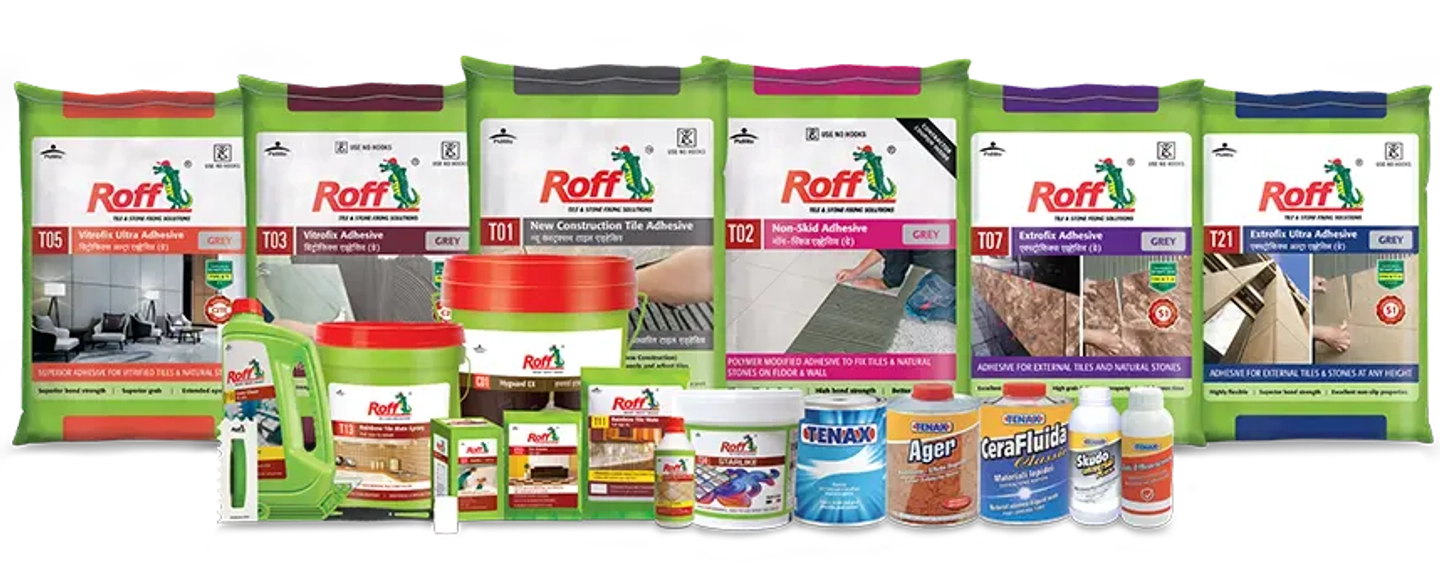Tile adhesive typically contains a combination of ingredients to provide the necessary adhesion and bonding properties for fixing tiles onto surfaces. While formulations may vary among different brands and types of tile adhesive, here are some common components:
-
Portland Cement: The primary binding agent in most tile adhesives, providing adhesion to both the tile and the substrate.
-
Fillers: These may include materials like fine sand or limestone powder, which help to bulk up the adhesive and improve its consistency.
-
Polymer Additives: Polymer additives such as latex, acrylics, or other synthetic resins are often included to enhance flexibility, water resistance, and adhesion strength.
-
Modifiers: Certain chemicals may be added to adjust the setting time, improve workability, or enhance other properties of the adhesive.
-
Chemical Agents: Substances like cellulose ethers or other thickening agents may be added to control viscosity and prevent sagging or slippage of tiles during installation.
-
Mineral Fillers: These can include materials like fine silica sand, which contribute to the adhesive's overall strength and durability.
-
Water Retention Agents: Some adhesives contain additives to regulate water retention, ensuring proper hydration of the cementitious components for optimal curing.
-
Antifungal Agents: To prevent the growth of mold or mildew in damp environments, tile adhesives may incorporate antifungal additives.
-
Aggregate: In some cases, small aggregates such as graded quartz or limestone may be included to improve the adhesive's mechanical properties.
It's essential to follow the manufacturer's instructions when using tile adhesive, as different types may have specific requirements for mixing, application, and curing times. Additionally, certain adhesives are formulated for specific tile types or substrate materials, so it's crucial to choose the right product for your project.





